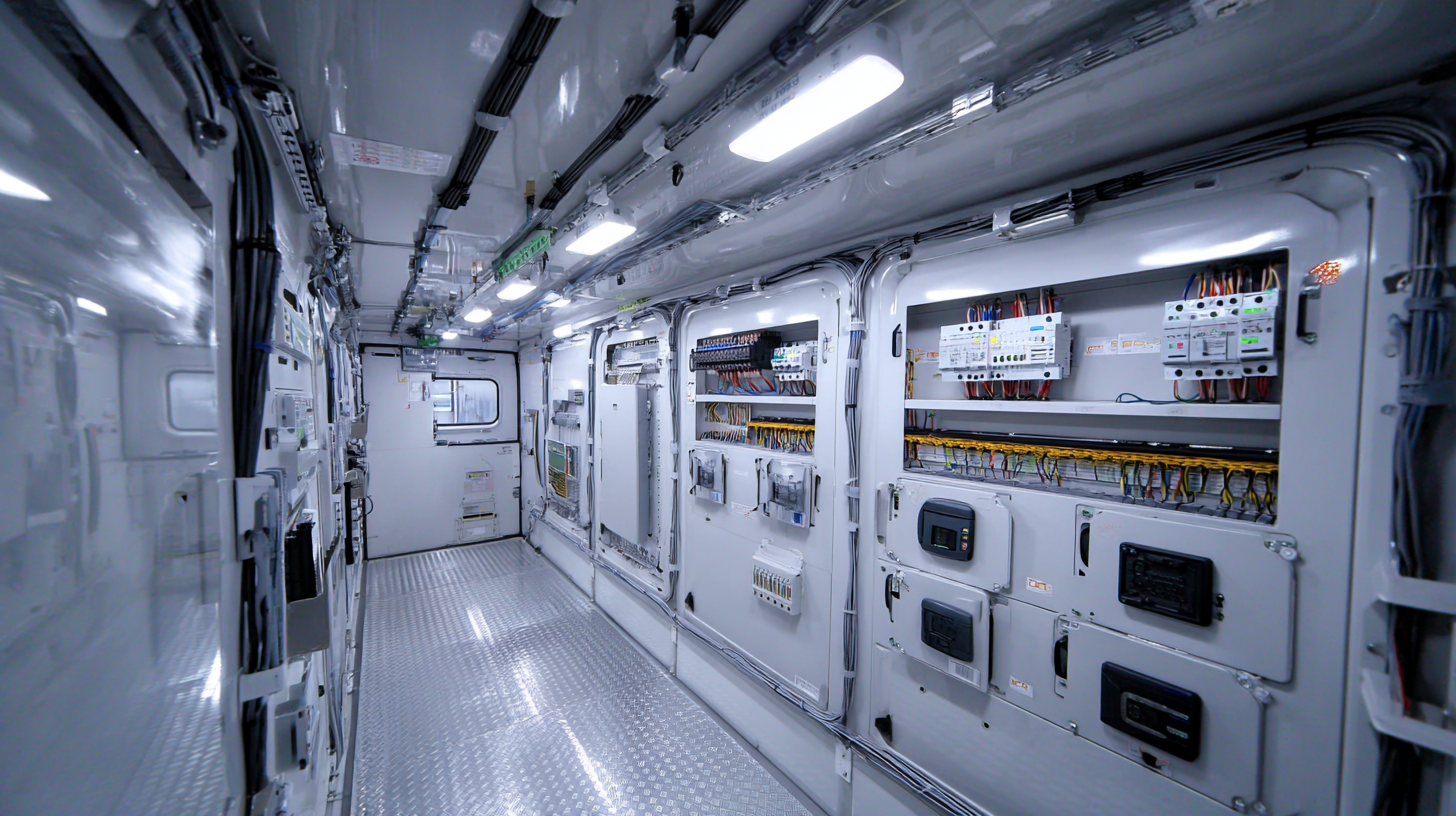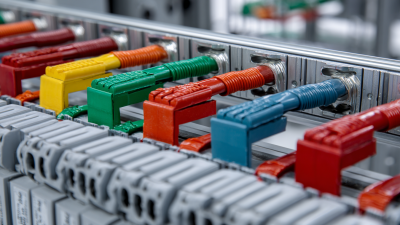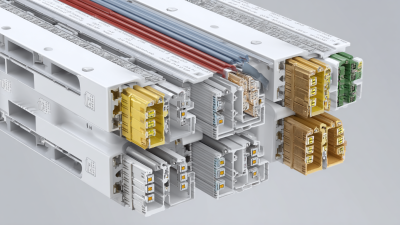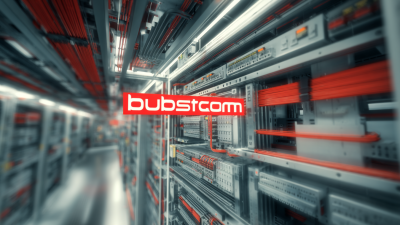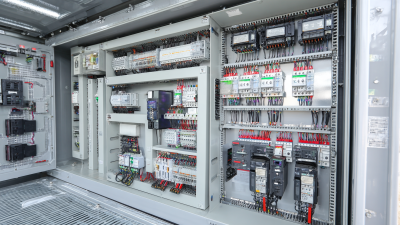Leave Your Message
-
Phone
-
E-mail
-
Whatsapp
-
Whatsapp


In the rapidly evolving landscape of power distribution, the significance of Busbar Systems is becoming increasingly apparent. As industries strive for more efficient and reliable energy solutions, reports indicate that the global busbar market is projected to reach $21.3 billion by 2026, growing at a CAGR of 5.1% from 2021 to 2026. This growth is primarily driven by the demand for advanced electrical systems capable of supporting the shifting energy paradigm towards renewable sources and smart grid technologies. Innovative busbar systems not only facilitate better connectivity and reduced losses, but they also enable enhanced flexibility and scalability in electrical distribution networks. With the integration of IoT and automation, Busbar Systems are set to play a pivotal role in reshaping how power is distributed, ensuring that industries can meet the increasing energy demands while adhering to sustainability goals.
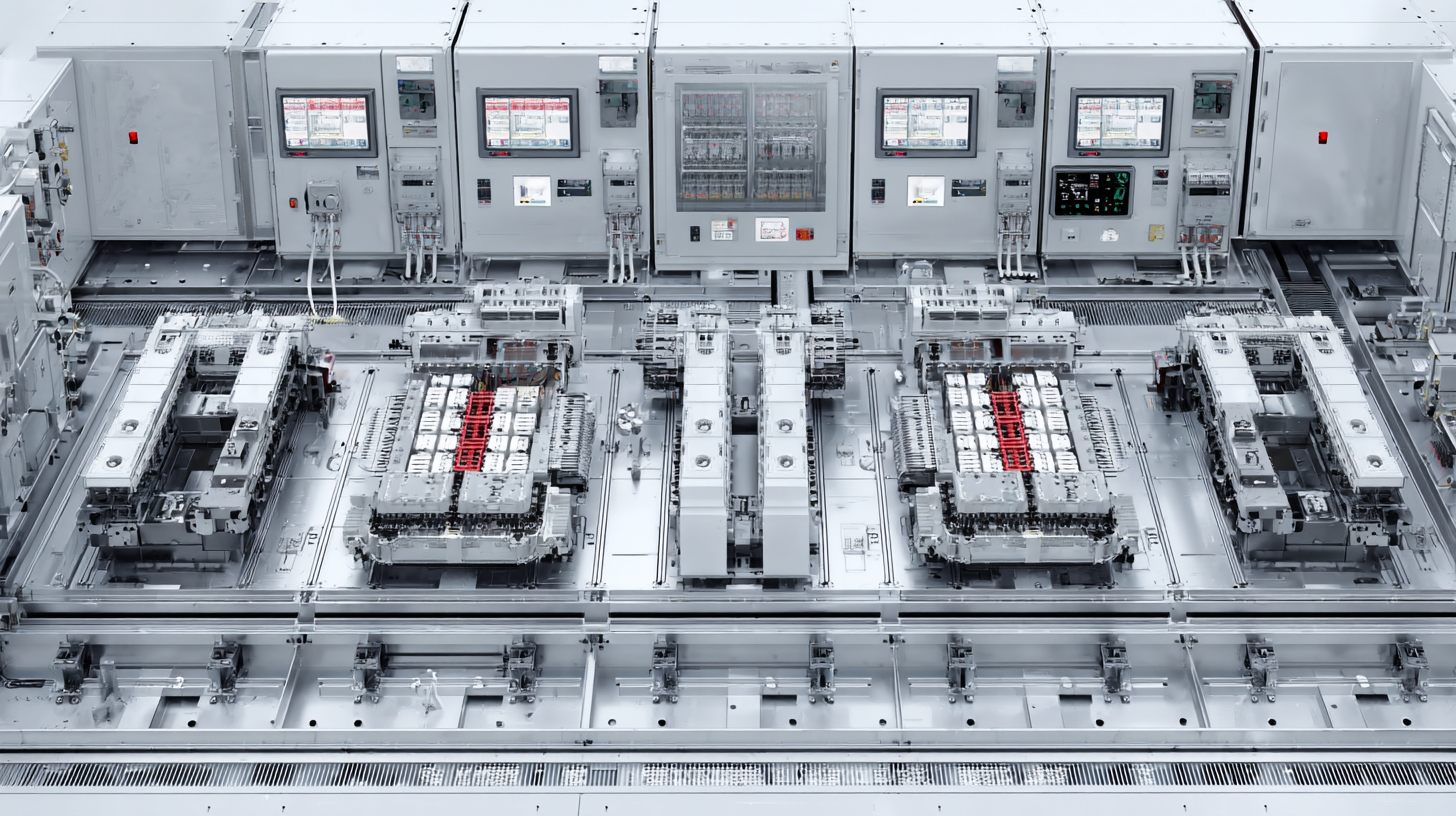
As the demand for efficient and reliable power distribution continues to rise, busbar systems have undergone significant transformations to meet the evolving needs of modern infrastructure. According to a report by Research and Markets, the global busbar market is projected to grow at a CAGR of 6.5% from 2021 to 2026, reaching approximately $12 billion by the end of this period. This growth is driven by advancements in smart grid technologies, which necessitate enhanced power distribution solutions that provide greater flexibility and scalability.
The role of busbar systems in power distribution is critical. These systems offer a robust alternative to conventional wiring methods, allowing for higher electrical conductivity and reduced resistance. A study by the International Energy Agency (IEA) highlights that implementing modern busbar solutions can improve energy efficiency by up to 15%. As facilities increasingly incorporate renewable energy sources, the adaptability of busbar systems enables seamless integration and optimal performance across diverse energy portfolios. By understanding their evolution and importance in current and future applications, stakeholders can better position themselves to leverage these innovative solutions in their power distribution strategies.
Innovative busbar designs play a crucial role in modern infrastructure, offering numerous advantages that enhance both efficiency and safety. One of the key benefits is their ability to reduce installation time significantly. Traditional wiring can be cumbersome and time-consuming to set up, while busbars streamline the process, allowing for quicker, more efficient installations. Additionally, busbars provide a compact solution to power distribution, saving valuable space in infrastructure like data centers and commercial buildings, where every square inch matters.
Another advantage of innovative busbar systems is their superior thermal management. Unlike conventional wiring, which can overheat due to resistance, busbars are better at dissipating heat, minimizing the risk of overheating and fires. This feature not only ensures safer operations but also contributes to a longer lifespan of electrical components.
Tips: When considering busbar systems, always evaluate the load capacity based on your specific needs. Additionally, ensure that the installation meets local electrical codes and standards to maintain safety and performance. Regular maintenance checks can also help optimize the functionality and longevity of your busbar infrastructure.
The integration of innovative busbar systems into power distribution significantly enhances energy efficiency and supports sustainability initiatives. Recent studies indicate that optimized busbar designs can reduce energy losses by up to 30%, making them a crucial component for modern electrical grids. According to a report by the International Energy Agency, transitioning to more efficient power distribution systems could reduce global energy consumption by 12% by 2040, underscoring the crucial role busbars play in this transition.
Furthermore, busbar systems facilitate a more compact and organized approach to energy distribution, minimizing physical footprint while maximizing performance. For example, introducing high-conductivity materials in busbar construction can lead to better thermal management and efficiency. Research from the Electric Power Research Institute highlights that installations utilizing advanced busbar technology can achieve power densities that are 20% higher compared to conventional systems.
Tips:
Advancements in busbar technology are reshaping power distribution systems, yet implementing these innovative solutions is not without its challenges. One of the primary hurdles is the integration of new busbar designs into existing infrastructure. Many facilities rely on outdated systems that cannot easily accommodate the increased capacity and efficiency of advanced busbars. Retrofitting these older systems often entails significant downtime and substantial financial investment, discouraging organizations from making necessary upgrades.
Moreover, safety and regulatory standards present further complications. New materials and configurations may not meet existing regulations, requiring additional testing and certification processes. This can delay deployment and add to the costs of implementation. In addition, training personnel to handle these sophisticated systems safely and effectively is critical but not always prioritized, leading to potential operational risks.
Balancing innovation with compliance and safety remains a key challenge in the widespread adoption of advanced busbar technology.
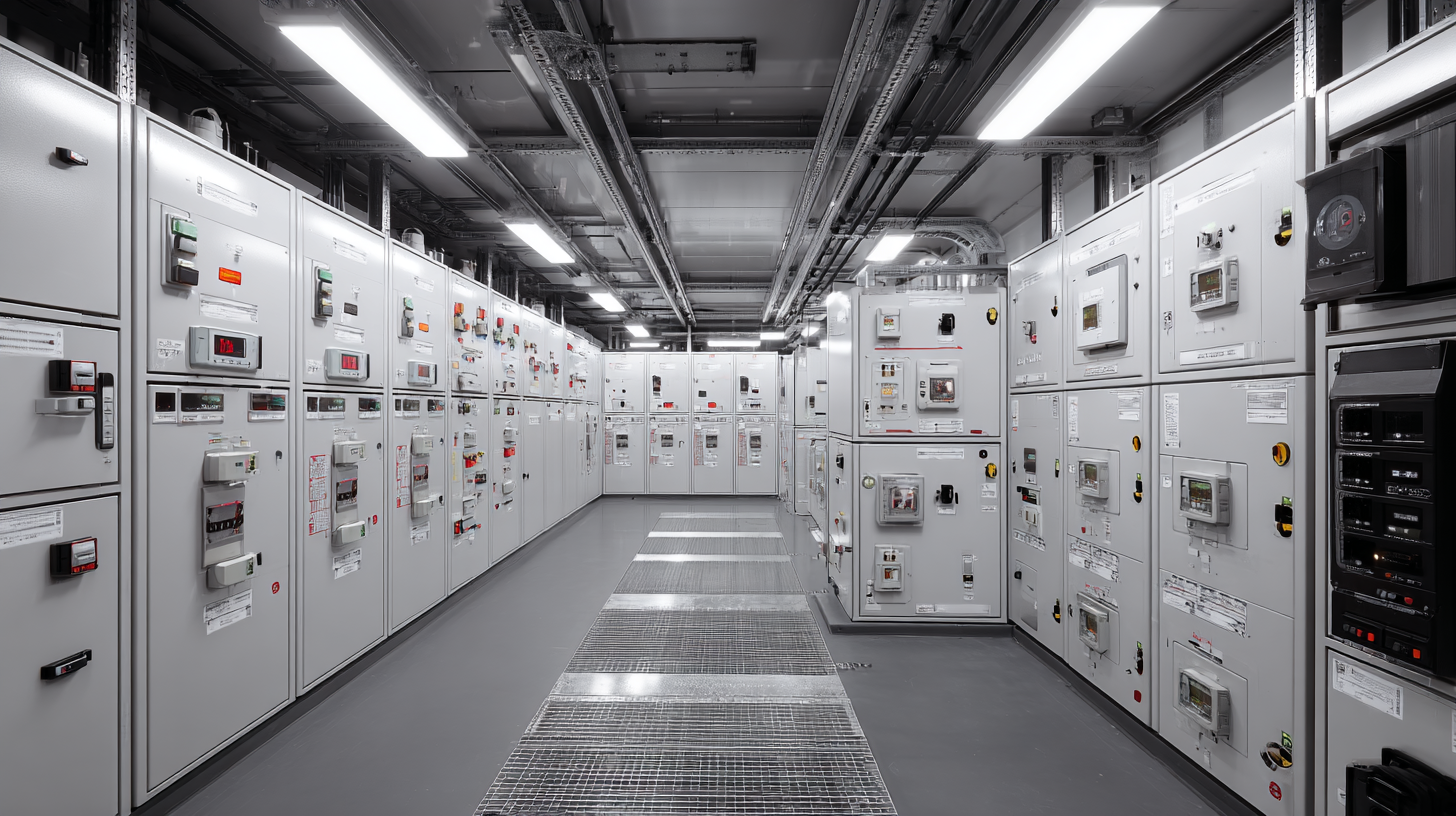
The future of power distribution is set to be transformed by smart busbar systems, which integrate advanced technology to enhance efficiency and reliability. These systems utilize embedded sensors and digital monitoring tools that enable real-time data collection and analysis. By providing insights into power usage and flow, smart busbars help utilities predict demand more accurately and respond promptly to anomalies. This level of intelligence not only optimizes performance but also reduces downtime and maintenance costs for power distribution networks.
Moreover, the applications of innovative busbar systems extend beyond traditional settings. They are increasingly being integrated into renewable energy solutions, such as solar and wind power installations, facilitating smoother energy transition. Smart busbars play a crucial role in microgrid setups, enabling better load management and energy distribution among decentralized sources. As energy demands grow and the push for sustainability increases, these technologies will become essential components of modern electrical infrastructure, driving both efficiency and environmental stewardship in power distribution systems.
